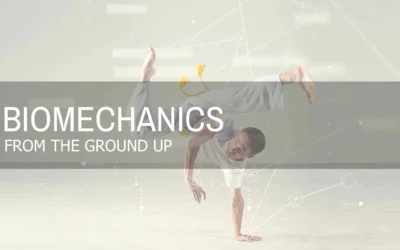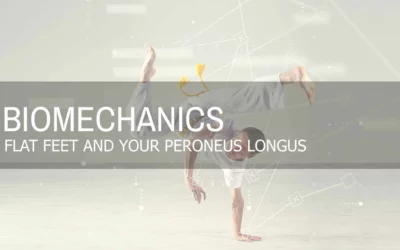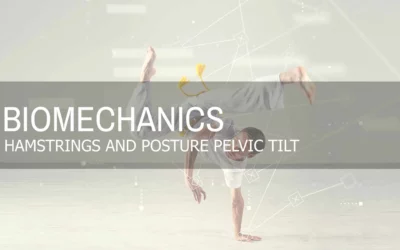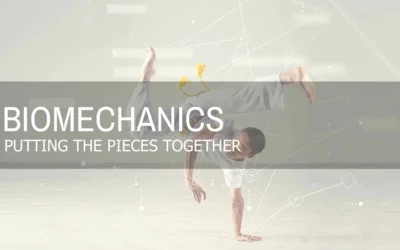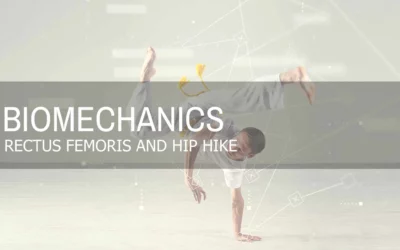Biomechanics
Breathing and PRI
What are the principles of postural restoration institute? The Postural Restoration Institute (PRI) is an approach to physical therapy and fitness that focuses on the relationship between...
Long Haul Truckers
Long-haul truckers are at risk of developing back pain and discomfort due to the prolonged periods of sitting and lack of movement involved in their job. The reality is that truckers spend lots of...
3 OF THE MOST COMMON WORKOUT MISTAKES
Workout mistakes and myths are everywhere you look - you only have to consult Reddit or bodybuilding forums to find people peddling misinformation. That said, three of the most common misconceptions...
BIRKIE PREVENTITIVE EXERCISE SERIES | ACHILLES TENDINOPATHY
Another very common overuse injury found in athletes like runners and cross country skiers is achilles tendinopathy. It is estimated that the annual incidence of achilles tendinopathy is 7-9% and...
BIRKIE PREVENTITIVE EXERCISE SERIES | PLANTAR FASCITIIS
One of the most common overuse injuries of the foot found in athletes like runners and cross country skiers is plantar fasciitis. It is estimated that over 2 million Americans are affected by this...
DESIGNED TO MOVE | ILIOTIBIAL BAND SYNDROME (ITBS) OR LATERAL KNEE PAIN
ILIOTIBIAL PAIN SYNDROME (ITBS) One more very common overuse injury of the knee is a condition referred to as IT Band. This pain is usually felt along the outside of the knee with repetitive...
BIRKIE PREVENTITIVE EXERCISE SERIES | JUMPER’S KNEE (PATELLA TENDONITIS)
More formally known as patellar tendinopathy. This is a painful condition of the knee, most often related to activities involving repeated and forceful knee flexion and extension, such as jumping as...
DESIGNED TO MOVE | OVERUSE INJURY
Traditionally, an overuse injury refers to an injury or pain cycle present in the absence of a clearly defined and identifiable traumatic cause. Furthermore, the term “overuse” is somewhat of a...
DESIGNED TO MOVE | TRUNK
The Trunk and the Core The trunk or thoracic region of the spine and rib cage is a commonly misunderstood area of the body. It must be mobile enough to allow for breathing (respiration) while at...
DESIGNED TO MOVE | YOUR CORE – A CHAIN OF MOVEMENTS
Muscles don’t work in isolation; they work in groups. There is always some sort of opposing tension, either supporting the area being moved or resisting it. An example of this relationship can be...
BIOMECHANICS MONTHLY | DIZZINESS AND VERTIGO
What is Dizziness and Vertigo? Dizziness is defined as an unpleasant disturbance of spatial orientation. Vertigo is a type of dizziness related to the perception of movement of either one’s own...
BIOMECHANICS MONTHLY | MOBILITY TECHNIQUES
What is Mobility? Mobility is defined as the ability to actively move a limb through its full range of motion. Often confused, the term Flexibility on the other hand is defined as the ability of a...
BIOMECHANICS MONTHLY | THE ZONE OF APPOSITION].
What is the Zone of Apposition? The Zone of Apposition is defined as the area of attachment between the diaphragm directly behind the inner aspect of the lower chest wall and rib cage. This area is...
DESIGNED TO MOVE | FROM THE GROUND UP
How Muscles Work The muscles in the body have general functional characteristics. These characteristics allow us to move with stability and efficiency. Sometimes they act like springs absorbing...
DESIGNED TO MOVE | FLAT FEET AND YOUR PERONEUS LONGUS
The average person walks roughly 115,000 miles, in their lifetime. That’s enough to circumference the earth four times. That’s a lot of walking! You might be interested to know that if you are...
DESIGNED TO MOVE | HAMSTRINGS AND POSTERIOR PELVIC TILT
Stretch - Shorten Cycle Muscles work in groupings to both stabilize and move your joints. They have a control system that regulates their length and maintains their natural positioning. This is...
DESIGNED TO MOVE | IT’S ALL ABOUT THE BALANCE
The Beauty of Movement It’s amazing to think that 650 muscles in the human body all work together in a beautifully symphony of movement. This ability to coordinate movement through multiple joints...
DESIGNED TO MOVE | PEC MINOR AND ROUNDED SHOULDERS
What is Fascia? Fascia is incredibly useful stuff. It’s the biological material that holds us together. All of the cells in our bodies are bound through a fascial connective tissue network....
DESIGNED TO MOVE | PUTTING THE PIECES TOGETHER
Body Mechanics Poor body mechanics are a major contributor to neck and shoulder pain. When left unaddressed they can go from a lingering ache to a major life changing event including surgery. ...
DESIGNED TO MOVE | RECTUS FEMORIS AND HIP HIKE
The body is constantly adjusting to maintain balance. As external forces are applied from the environment (like gravity or momentum) our body, in its attempt to maintain equilibrium, will contract...






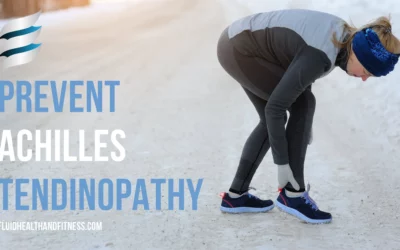

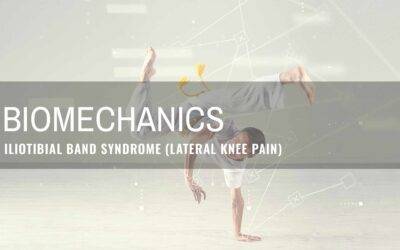
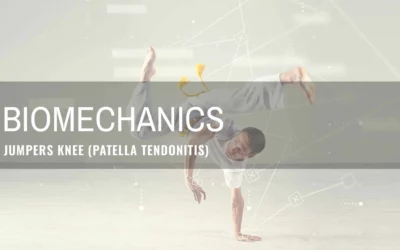


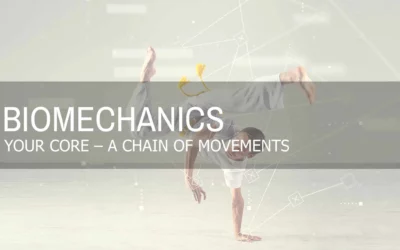

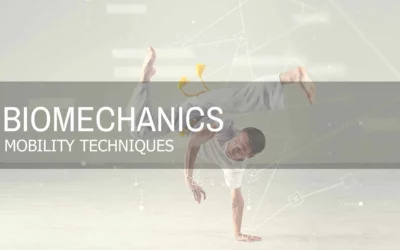
![BIOMECHANICS MONTHLY | THE ZONE OF APPOSITION].](https://fluidhealthandfitness.com/wp-content/uploads/2023/04/breathing_2e543f5a-cba5-452c-b87c-d4086b6e0c85-400x250.webp)
